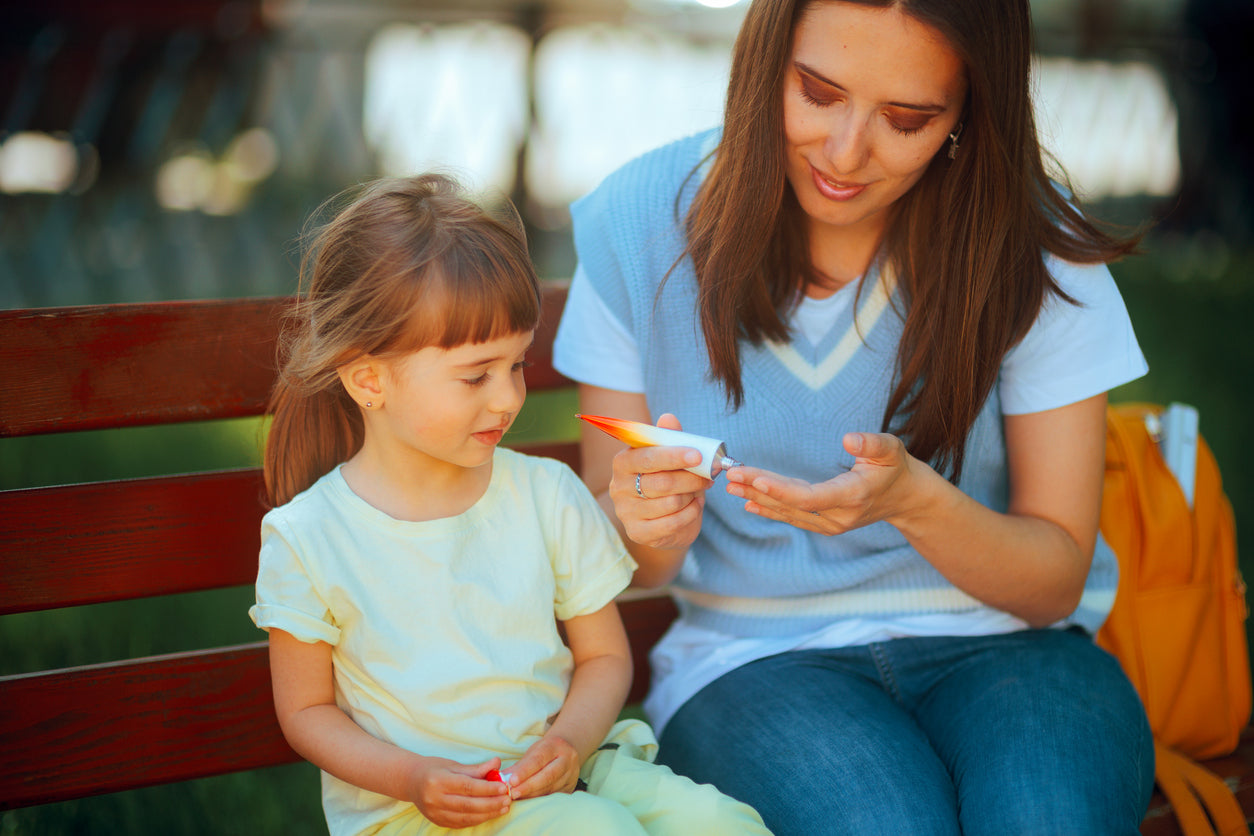Treating wounds on toddlers can be a bit challenging, given their delicate skin and the likelihood of them squirming around. However, with a bit of know-how and the right approach, you can handle minor cuts and scrapes effectively. This guide will walk you through the steps to properly treat a wound on your little one.
Assessing the Wound
Checking the Severity
First things first, take a good look at the wound. Is it a minor scrape, a small cut, or something more serious? If it's deep, bleeding heavily, or if an object is embedded in the wound, you should seek medical attention immediately.
Keeping Calm
Your toddler will take cues from you. If you stay calm, they’re more likely to stay calm too. Use a soothing voice and reassure them that everything will be okay.
Cleaning the Wound
Washing Hands
Before you touch the wound, make sure your hands are clean. Wash them thoroughly with soap and water to prevent any bacteria from transferring to the wound.
Rinsing the Wound
Gently rinse the wound with cool, clean water to remove any dirt and debris. Avoid using harsh soaps, hydrogen peroxide, or alcohol, as these can irritate the wound and surrounding skin.
Using Mild Soap
If needed, you can use a mild soap around the wound. Be gentle and avoid scrubbing the wound itself.
Stopping the Bleeding
Applying Pressure
If the wound is bleeding, take a clean cloth or sterile gauze pad and apply gentle pressure. Hold it in place for a few minutes until the bleeding stops. Elevating the wound can also help reduce blood flow.
Applying an Antiseptic
Choosing the Right Antiseptic
Apply a thin layer of an antiseptic cream or ointment to the wound to prevent infection. Products with ingredients like bacitracin or neomycin are typically safe for toddlers.
Dressing the Wound
Choosing the Right Bandage
Select an appropriate bandage for the wound size. For minor scrapes and cuts, adhesive bandages work well. For larger areas, you might need gauze pads and medical tape.
Changing the Dressing
Keep the wound covered and change the dressing daily or whenever it gets dirty or wet. This helps keep the wound clean and promotes faster healing.
Monitoring for Infection
Signs of Infection
Keep an eye on the wound for signs of infection. Redness, swelling, warmth, pus, or increased pain are all indicators that the wound might be infected. If you notice any of these signs, contact your child’s pediatrician.
When to Seek Medical Help
Deep Cuts and Heavy Bleeding
If the wound is deep, won’t stop bleeding, or if an object is embedded in it, seek medical help immediately. Also, if your child hasn’t had a tetanus shot in the past five years and the wound is caused by something dirty or rusty, contact your doctor.
Comforting Your Toddler
Distraction Techniques
While treating the wound, try to distract your toddler with a favorite toy, a song, or a story. Keeping their mind off the wound can make the process smoother for both of you.
Offering Reassurance
Reassure your child that they did a great job staying still and being brave. A little praise can go a long way in helping them feel better.
Conclusion
Treating a wound on a toddler involves a mix of careful cleaning, proper dressing, and a lot of comforting. By following these steps, you can ensure that your child’s wound heals properly and quickly. Remember, when in doubt, always consult with a healthcare professional to make sure your little one gets the best care possible.

